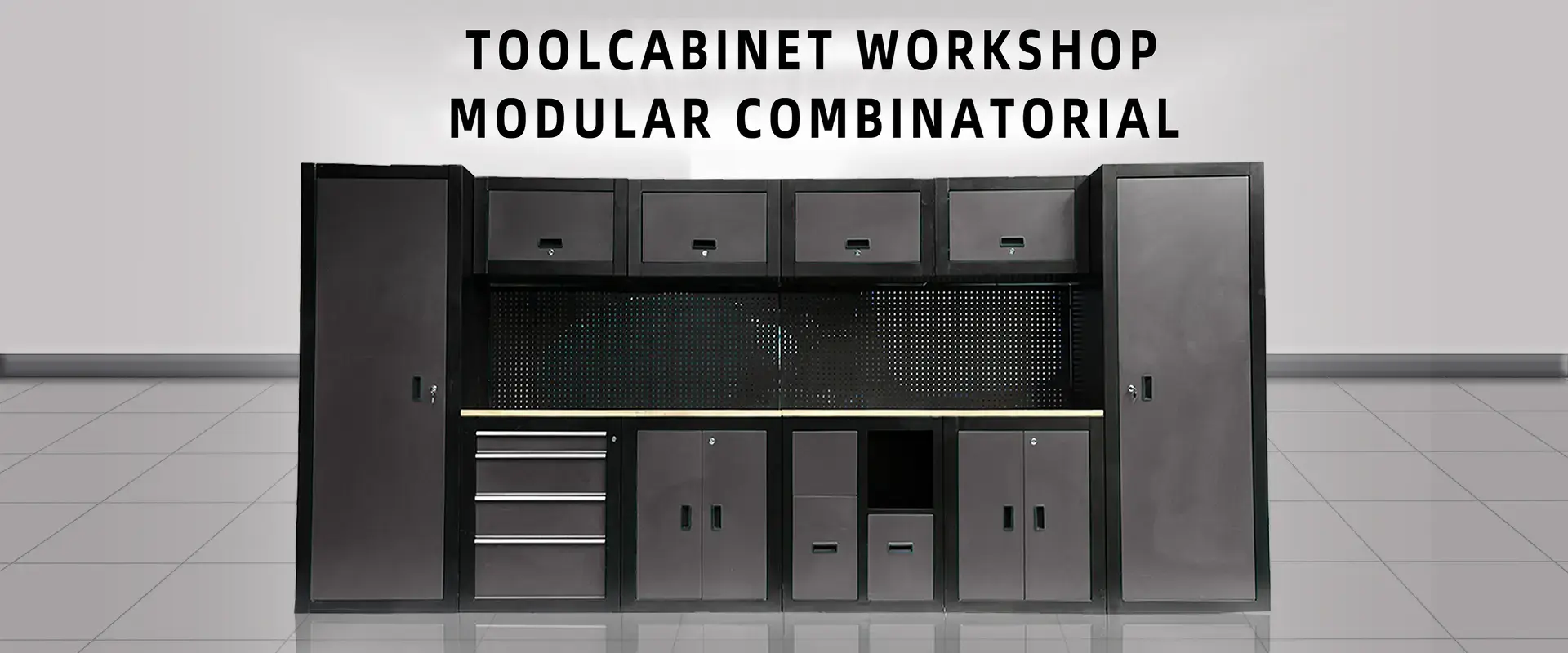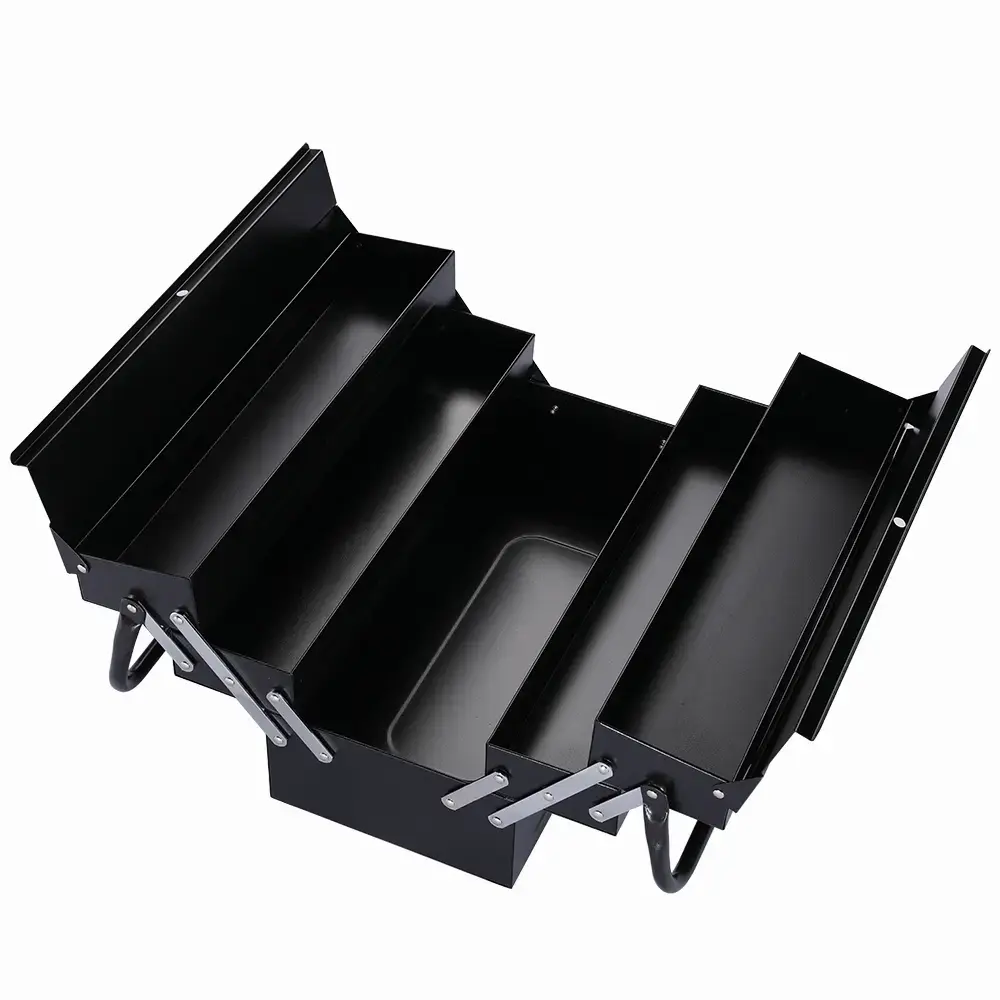Humidity control solutions for tool cabinets: 5 designs for protecting precision instruments
In modern industrial and domestic environments, humidity control of tool cabinets is essential to protect precision instruments and tools. Humidity control can not only prevent rust, but also extend the service life of the tool. This article will explore 5 common options for tool cabinet humidity control, including a comparison of built-in dehumidifiers and silicone desiccant, to help you choose the most suitable tool cabinet design.
First, the importance of humidity control
1. Prevent rust
Humidity control in the tool cabinet is essential to prevent tool rust. The high humidity environment is easy to cause rust of metal tools, affecting the performance and service life of tools. With effective humidity control, the risk of rust can be significantly reduced.
2. Protect precision instruments
For precision instruments, humidity control is equally important. High humidity can cause the electronic components inside the instrument to become damp, affecting its accuracy and reliability. Therefore, choosing a tool cabinet with humidity control function is the key to protecting precision instruments.

Two, 5 kinds of tool cabinet humidity control design
1. Built-in dehumidifier
A built-in dehumidifier is one of the common solutions for humidity control in tool cabinets. This design automatically adjusts the humidity in the cabinet through the built-in dehumidification device to maintain a suitable environment. The benefits of the built-in dehumidifier include automatic adjustment, ease of operation, and remarkable results. For example, some high-end tool cabinets are equipped with intelligent control systems that automatically activate the dehumidification function based on the ambient humidity.
2. Silicone desiccant
Silicone desiccant is an affordable humidity control solution. By placing silica gel desiccant packages in the tool cabinet, you can absorb excess water and reduce the humidity in the cabinet. The advantage of silicone desiccant is low cost, easy to replace, suitable for small tool cabinets or users with limited budgets.
3. Intelligent Temperature and humidity controller
The intelligent temperature and humidity controller is an advanced humidity control scheme. This controller monitors the temperature and humidity in the cabinet in real time through sensors and automatically adjusts according to preset parameters. The advantages of the intelligent temperature and humidity controller are precise control and high degree of automation, which can effectively prevent tool damage caused by humidity changes.
4. Ventilation system
Ventilation systems are another effective humidity control solution. By installing ventilation equipment in the tool cabinet, moist air can be regularly discharged and dry air can be introduced. The advantage of the ventilation system is that it can keep the air circulating in the cabinet and reduce the accumulation of moisture.
5. Moisture-proof plate and seal design
Moisture-proof plate and seal design are the basic solutions for humidity control of tool cabinets. By installing a moisture-proof plate in the cabinet and adopting a sealed design, the intrusion of external moisture can be effectively blocked. The advantage of this design is simple and practical, suitable for most tool cabinets.
Third, the built-in dehumidifier and silica gel desiccant comparison
1. Cost
Built-in dehumidifier: Higher cost, but in the long run, its automatic adjustment function can reduce manual intervention and improve efficiency.
Silicone desiccant: low cost, easy to replace, suitable for users with limited budgets.
2. Maintenance
Built-in dehumidifier: requires regular cleaning and maintenance to ensure proper operation.
Silica gel desiccant: It needs to be replaced regularly, but the replacement process is simple and quick.
3: Effect
Built-in dehumidifier: the effect is remarkable, can automatically adjust the humidity, keep the cabinet environment stable.
Silicone desiccant: The effect depends on the moisture absorption capacity of the desiccant, suitable for small tool cabinets or environments with low humidity requirements.
Fourth, choose the right tool cabinet design
1. Consider the type of tool
Select the appropriate humidity control scheme based on the type and material of the tool. For example, precision instruments require more precise humidity control, while common tools can choose a lower-cost option.
2. Evaluate the usage environment
Evaluate the environment of the tool cabinet, such as humidity, temperature, and ventilation. In high humidity environments, a built-in dehumidifier may be a better choice.
3. Budget considerations
Select the appropriate humidity control scheme according to your budget. If the budget is limited, silicone desiccant is an affordable option; If the budget is sufficient, a built-in dehumidifier or smart temperature and humidity controller can provide better results.
Humidity control of tool cabinets is essential to protect tools and precision instruments. By choosing a suitable humidity control scheme, you can effectively prevent tools from rusting and precision instruments from getting damp. Built-in dehumidifiers and silicone desiccant are two common humidity control solutions, each with advantages and disadvantages. The built-in dehumidifier has remarkable effect and high maintenance cost; Silica gel desiccant has low cost and easy replacement. When selecting a tool cabinet, the most suitable humidity control scheme should be selected according to the tool type, use environment and budget.
It is hoped that the humidity control solution described in this article can help you better protect tools and precision instruments, and improve the service life and performance of the tool cabinet.

